Supportive Regulatory Frameworks
Supportive regulatory frameworks are emerging as a crucial driver for the Fully Autonomous Delivery Robot Market. Governments are beginning to recognize the potential benefits of autonomous delivery solutions, including reduced traffic congestion and lower emissions. As a result, many regions are implementing regulations that facilitate the testing and deployment of delivery robots. For instance, some jurisdictions have established designated pathways for autonomous vehicles, which enhances safety and operational efficiency. This regulatory support not only encourages innovation but also instills confidence in businesses considering the adoption of autonomous delivery technologies. As regulations continue to evolve, they are likely to create a more favorable environment for the growth of the autonomous delivery robot market.
Technological Innovations in Robotics
Technological innovations play a pivotal role in shaping the Fully Autonomous Delivery Robot Market. Advances in artificial intelligence, machine learning, and sensor technology are enhancing the capabilities of delivery robots, making them more efficient and reliable. For instance, the integration of advanced navigation systems allows these robots to operate in complex urban environments with greater precision. Furthermore, the development of improved battery technologies is extending the operational range of delivery robots, thereby increasing their utility. As these technologies continue to evolve, they are likely to drive further adoption of autonomous delivery solutions across various sectors, including retail and food delivery. The ongoing investment in research and development within the robotics field suggests a promising future for the industry.
Rising Demand for Contactless Delivery
The increasing consumer preference for contactless delivery options is a notable driver in the Fully Autonomous Delivery Robot Market. As e-commerce continues to expand, consumers are seeking safer and more convenient delivery methods. This trend is particularly pronounced in urban areas, where the demand for quick and efficient delivery services is surging. According to recent data, the e-commerce sector has experienced a growth rate of approximately 20% annually, which correlates with the rising adoption of autonomous delivery solutions. Companies are investing in autonomous delivery robots to meet this demand, thereby enhancing their service offerings and operational efficiency. This shift towards contactless delivery not only addresses consumer concerns regarding health and safety but also aligns with the broader trend of digital transformation in logistics.
Cost Efficiency and Operational Savings
Cost efficiency remains a critical driver for the Fully Autonomous Delivery Robot Market. Businesses are increasingly recognizing the potential for significant operational savings through the deployment of autonomous delivery solutions. By reducing labor costs and minimizing human error, companies can streamline their logistics operations. Data indicates that organizations utilizing autonomous delivery robots can achieve up to a 30% reduction in delivery costs. This financial incentive is compelling, particularly for last-mile delivery, which has traditionally been the most expensive segment of the supply chain. As companies strive to enhance their profit margins, the integration of autonomous delivery robots becomes an attractive proposition, allowing them to remain competitive in a rapidly evolving market.
Urbanization and Changing Consumer Behavior
Urbanization is a significant driver influencing the Fully Autonomous Delivery Robot Market. As more people migrate to urban centers, the demand for efficient delivery solutions is escalating. Urban environments present unique challenges, such as traffic congestion and limited parking, which autonomous delivery robots are well-equipped to navigate. Additionally, changing consumer behavior, particularly among younger demographics, favors instant gratification and convenience. This shift is prompting retailers to explore innovative delivery methods, including the use of autonomous robots. The increasing density of urban populations is likely to create a fertile ground for the deployment of these technologies, as businesses seek to optimize their delivery processes and meet consumer expectations.

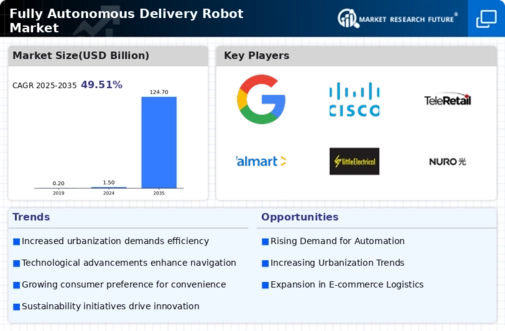
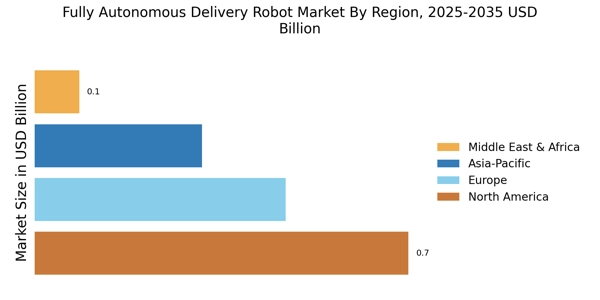
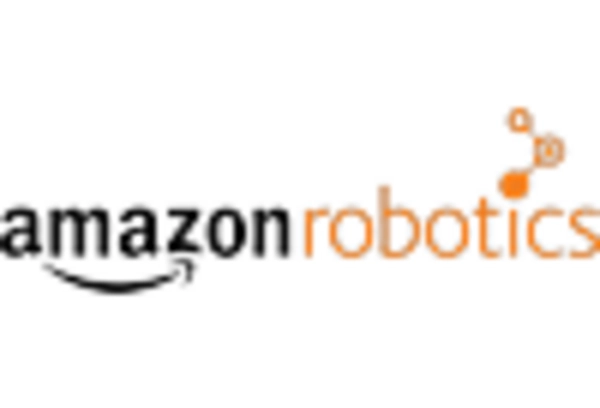
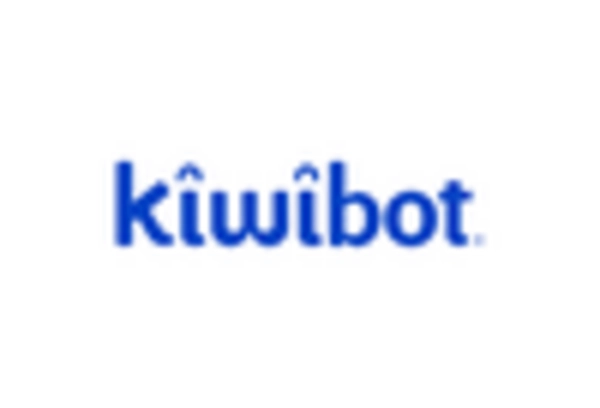
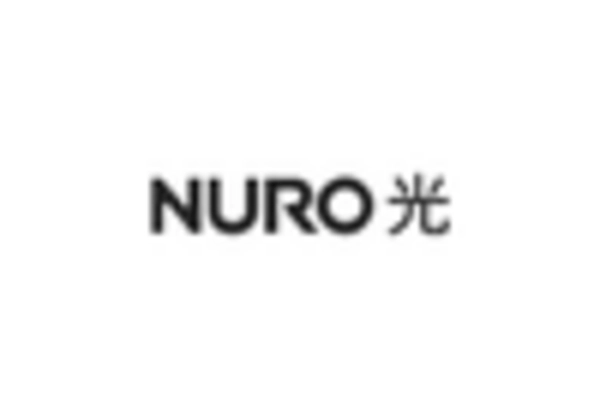
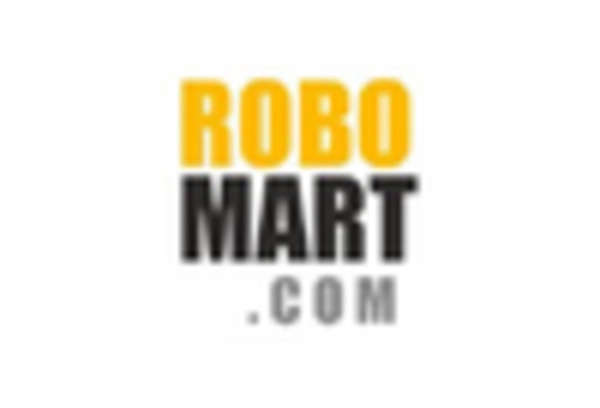










Leave a Comment